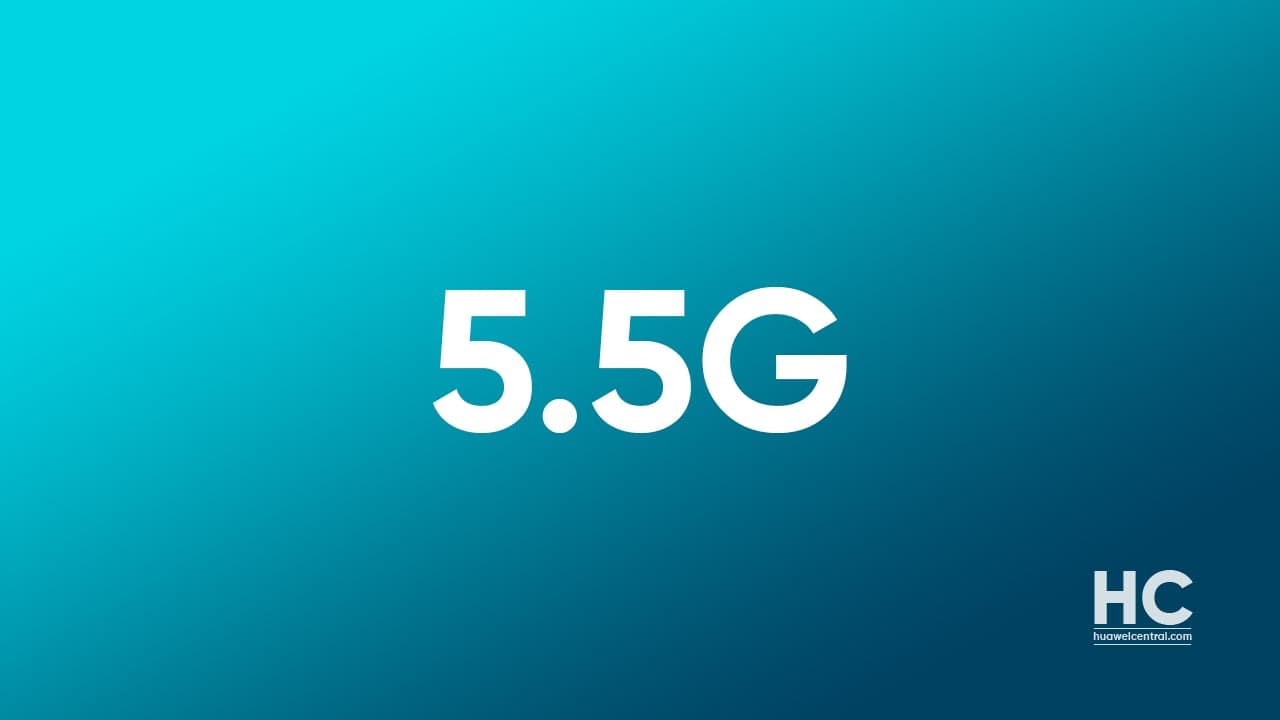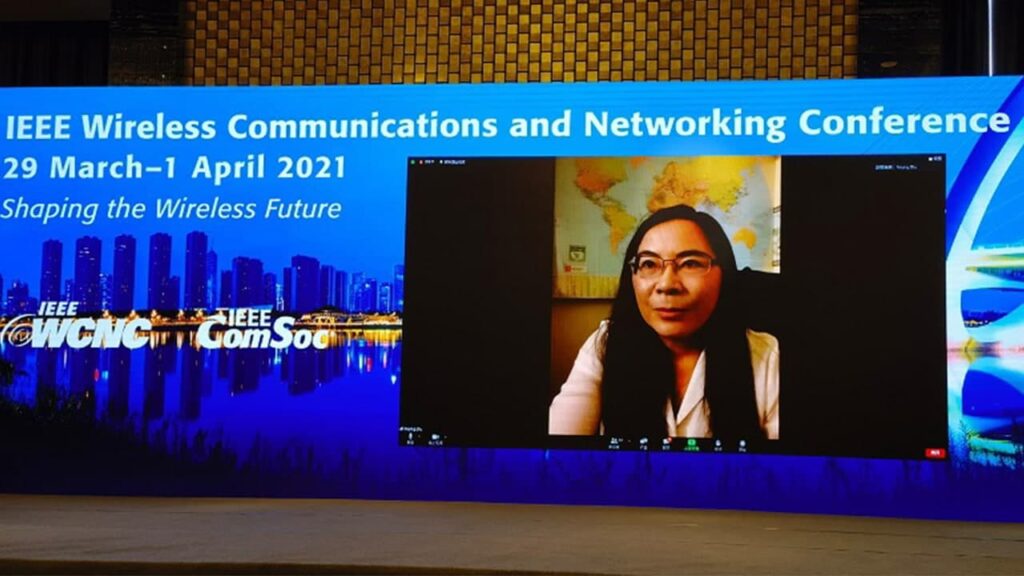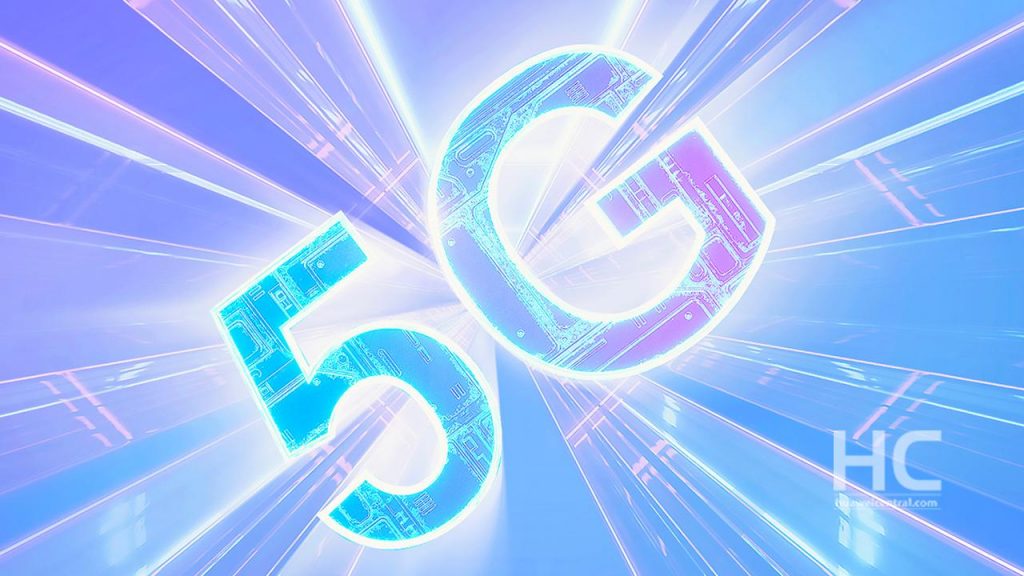News
Huawei ready to bring 5.5G network, will provide Gbps downlink rates at a low latency of 5 ms compared to 5G

Huawei hosting an IEEE Wireless Communications and Networking Conference (WCNC 2021) between March 29 to April 1, 2021. As per the event timeline, the keynote speech of the respective authorities and expertise of various fields is scheduled for March 30.
WCNC is a premier IEEE event in the wireless research field that brings together experts across the academia and industry to discuss and promote the development of wireless communications and network technologies.
In this line, Huawei Fellow leading research, Dr. Zhu Peiying give a speech on 5G wireless systems “5G to 5.5G: Wireless Innovation Is An Endless Frontier” at Huawei Technologies Canada.

Wireless Innovation Is An Endless Frontier
Dr. Vannevar Bush once described science as an endless frontier. Following the statement, Dr. Zhu mentioned in her speech that, in a way, the wireless industry can also be such a frontier for its endless opportunities for innovation. 5G has seen massive commercial rollouts, which are starting to yield positive gains while exciting sustained innovation of 5G technologies.
Over the past years, 5G technologies make notable developments. Compared with 2019, the number of commercial 5G networks, terminal types, and users has multiplied by 18, 17, and 250 times, respectively, registering over 140 networks, 550 terminal types, and 250 million users.
According to her, 5G has transformed user experience and advanced industrial digitalization. AR/VR users have grown by 35% annually, and over 5,000 industry practices such as 5G port and 5G steel have begun to see the market size effect.
The 5G technologies are making rapid growth and contributing to bring digitalization to each consumer. While talking about the new technologies propagate by the 5G industry she confirms that new frontiers of 5G are becoming clear. At the same time, she talks about nearer future scope in 5G.
2025 Vision — 5.5G Definition and Standardization
According to Dr. Zhu Peiying, The industry has identified four factors to realize the 5.5G vision:
- Incumbent 5G capabilities have to be reinforced to catalyze 5G industry development.
- A high-speed real-time experience is a must to enjoy immersive applications such as XR and holograms.
- Uplink-centric networks must be built to provide 10-fold uplink speed for industrial digitalization.
- 5G network capabilities must be scaled out to support new business opportunities.
Now, the question is what defines 5.5G? Expanding from the three standard 5G scenarios defined by the ITU — eMBB, mMTC, and URLLC, Huawei proposes three new additions — Uplink Centric Broadband Communication (UCBC), Real-Time Broadband Communication (RTBC), and Harmonized Communication and Sensing (HCS), to form the 5.5G matrix. In these scenarios, Huawei predicts that 5.5G will vastly outperform 5G in many aspects.
Additionally, she also said it takes a minimum of 3 to 5 years for new technology to normalize operations and reach maturity. It also takes time to prepare the supporting policies and industry as 5.5G will need more spectrum resources in the sub-100 GHz band. To realize the 2025 vision, Dr. Zhu called on the industry to finalize 5.5G standardization in 3GPP Release 18 and more.
2030 Vision — Visualize the Next Generation
Since the 1980s mobile communications technology has abounded for about 10 years, before being superseded by a new standard. After four generations of mobile networks, the connection of people has essentially become a reality. The 5G commercialization is leading us to the smart era of digitalization.
6G will come after 2030. What will be the vision of the new generation network? In a decade intelligence will be everywhere in our lives, and it will be more distributed than centralized. According to Dr. Zhu, “The network will do much more than just transmit data. It will become a distributed intelligent entity that can merge the real and digital worlds”.
At last, she concluded that “Moving toward 2025 and 2030, an exciting future awaits the wireless industry. Together with partners, Huawei hopes to explore the endless frontier of 5.5G and beyond.”
To be mentioned, WCNC is a premier IEEE event in the wireless research field that brings together experts across the academia and industry to discuss and promote the development of wireless communications and network technologies.








